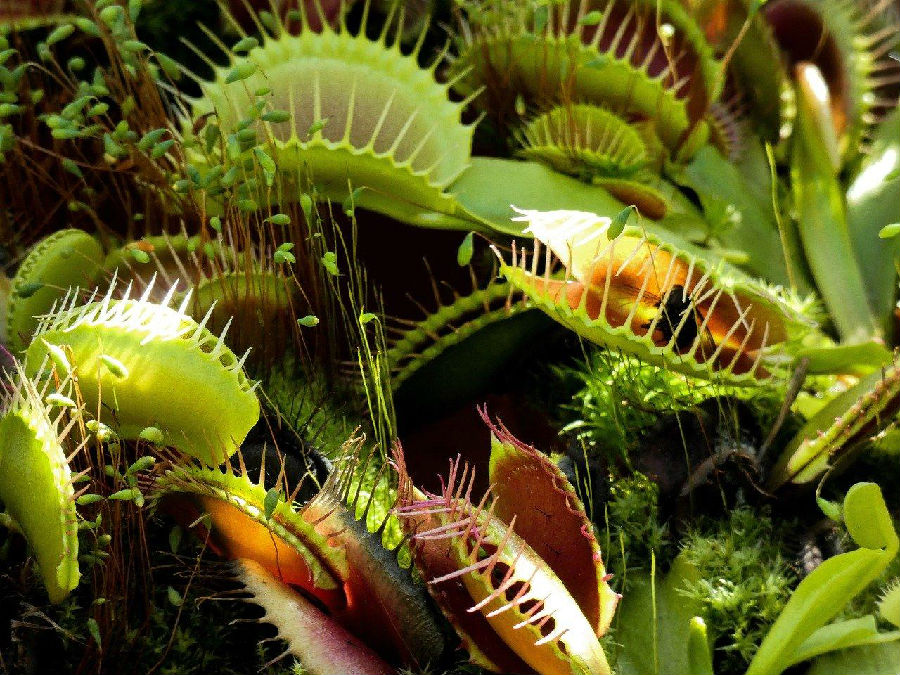New research sheds light on how carnivorous plants like the Venus fly trap developed a taste for meat. A study from the University of Wurzburg in Germany suggests that subtle changes in the genetics of plants led to some becoming carnivorous. These changes led to the development of some of nature's most ingenious species. Carnivorous plants adapted novel and devious ways to entice and snare insects. The Venus fly trap uses clam-like leaves that snap shut when an insect crawls between them. The pitcher plant is shaped like a vase - insects go inside and then cannot crawl up the slippery insides. The sundew plant has long sticky leaves, which roll up after insects get stuck on them.

Researchers in a variety of fields collaborated in the study. They included computational evolutionary biologist Jörg Schultz and plant biologist Rainer Hedrich. They sequenced and compared the genomes of carnivorous plants to non-carnivorous plants. They discovered that meat-eating plants developed from the same common ancestor about 60 million years ago. Dr Schultz said: "We were able to trace the origin of carnivorous genes back to a duplication event that occurred many millions of years ago in the genome of the last common ancestor of the carnivorous species." Dr Rainer added: "The function of these genes is related to the ability to sense and digest animals and to utilise their nutrients."
译文由可可原创,仅供学习交流使用,未经许可请勿转载。













